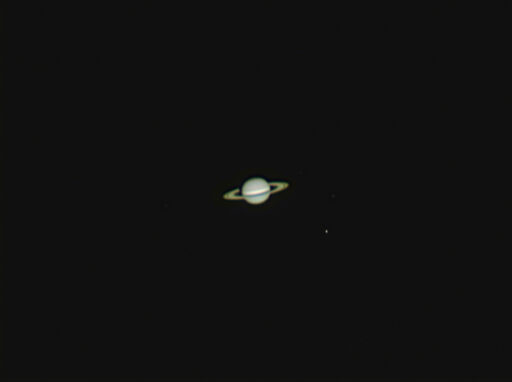
Telescope: Unitron 510 5” f/16 refractor, Atlas EQ-G
Camera: ZWO ASI 294MC
Filter: 2” Baader Fringe Killer (Minus Violet)
Exposure: 5min x 15ms, Gain 400, saved as RAW8/SER
Seeing: 3/5
White Balance: Nebulosity Automatic
Software: SharpCap Pro, Autostakkert, Registax, Nebulosity, Photoshop
This is from my second evening dedicated to evaluating the 510 for planetary imaging. I swapped out the Canon EOS Ra for a ZWO ASI294MC camera with SharpCap Pro. This image of Saturn was taken shortly after sunset as the planet approached the meridian. If you look closely you can see Dione to the left of the planet and to the right, from the upper right to lower right, is Tethys, Rhea, and Titan.
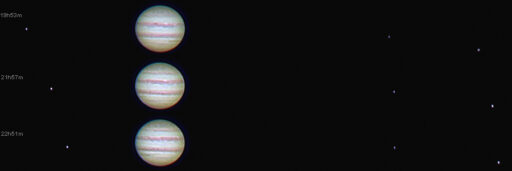
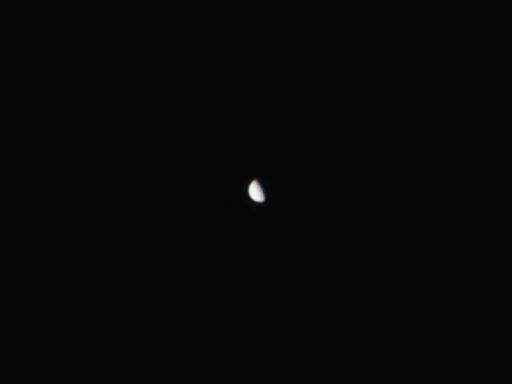
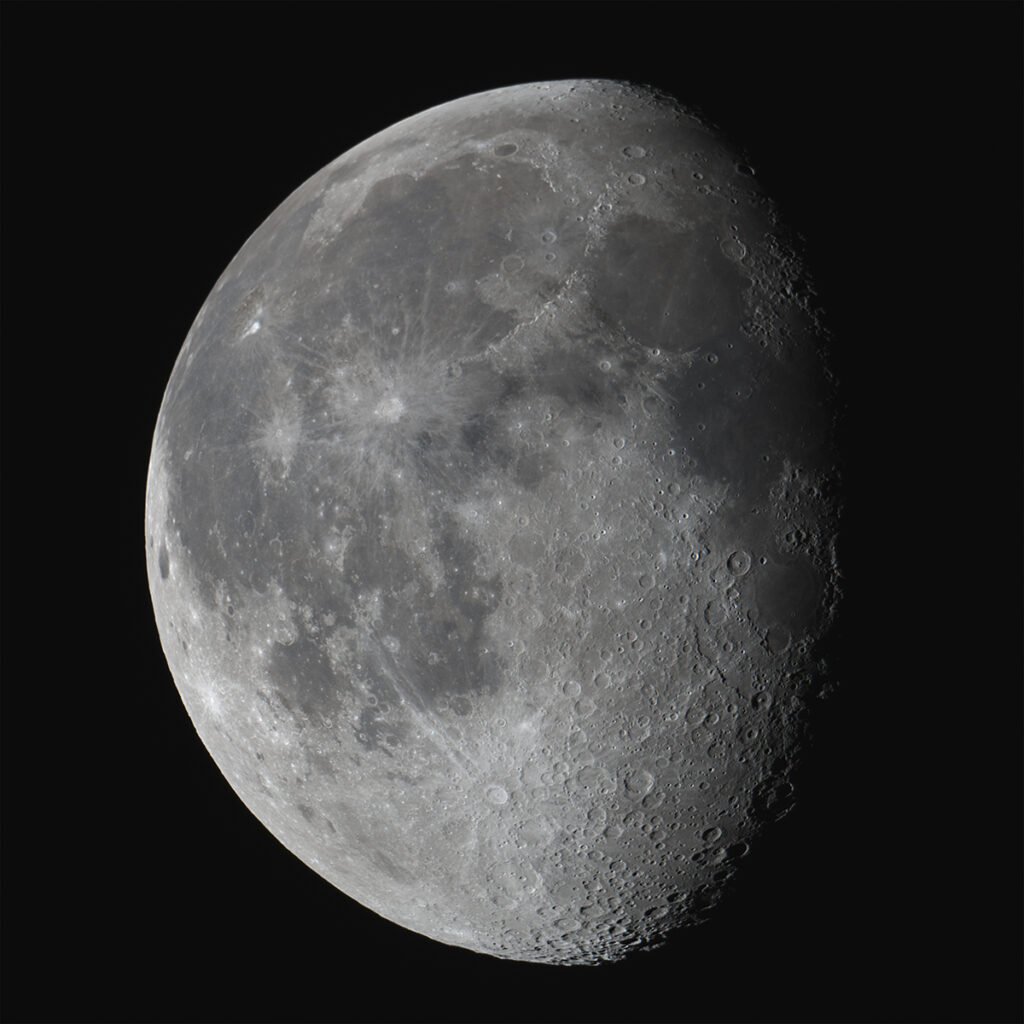
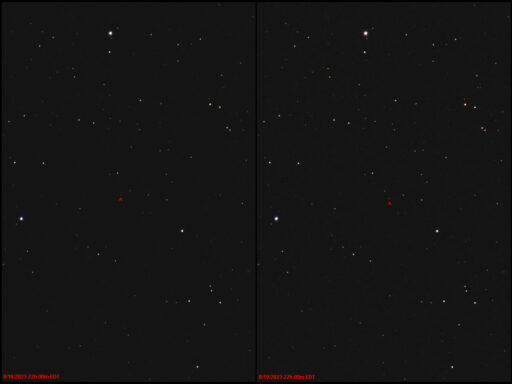
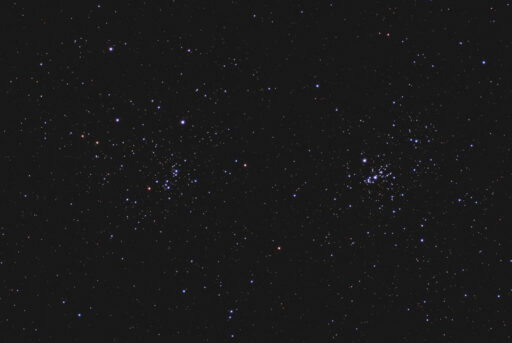
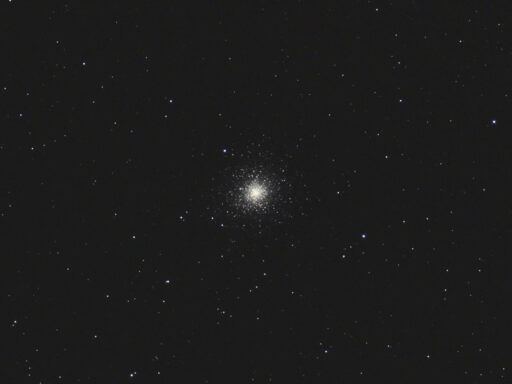
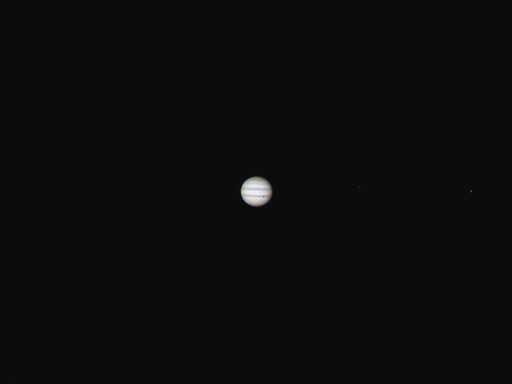
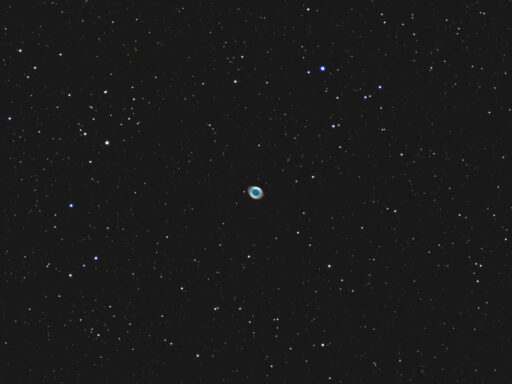
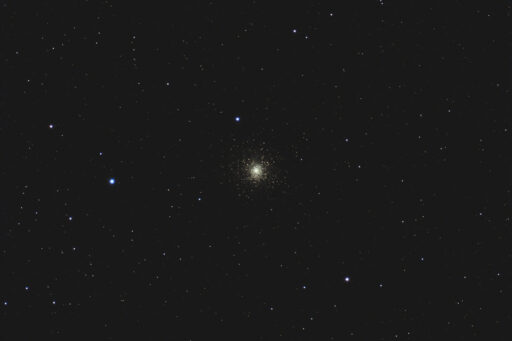
Recent Comments